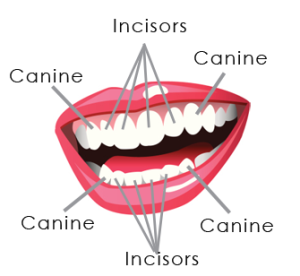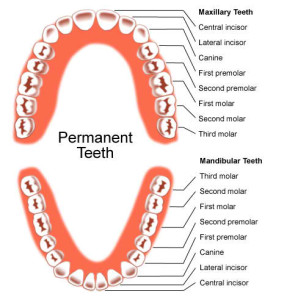Your dental health is essential. That is why dentists always remind us to protect our teeth at all cost! The most appropriate method to do that is dental care. Dental care starts at childhood.
Incisors are your first teeth. They are located at the front part of your mouth and most likely the first adult teeth to come in. Incisors are visible. They are first teeth you see when you smile. These teeth come with a smooth and flat surface which emits a translucent shade.
According to experts, incisor originates from the Latin word “incidere”. This means to cut. And obviously, that’s their main job as teeth. Since it has sharp edges, incisors can cut foods. Although they look flat and convex or curved, they are pretty useful for chewing.
Incisors have a single yet long root. That is why they are considered as anterior teeth. They are used for grinding and breaking down the food. An ordinary human normally gets eight incisors. The four incisors are at the maxillary or upper jaw while the remaining four incisors are located at the mandibular or lower jaw. Incisors are labeled based to their positions in the mouth. These types of teeth are generally found to both kids and adults.
There are basically two types of incisors.
The first one is the Central Incisor. These are mesial in type which can be seen at the very front part of your jaw. The largest incisor is the maxillary central incisor. The second type of incisor is the lateral incisor. Unlike central incisor, later incisors are distal. Therefore, they appear to be moving away from the center part of the mouth.
While you get to live with the eight incisors, it pays to take care of them. Because like other mouth parts, they can be also prone to dental diseases.
The most common problem related to incisor tooth is malocclusion. This condition is also known as bad bite where it affects the proper alignment of your jaw and your incisor. Luckily, such problem can be catered by dental braces. Dental braces can correct your bite. This is usually recommended to those who have severe malocclusion combined with dental difficulties in the posterior teeth. Dental veneers can also do the job in correcting your incisor tooth problems. This treatment is often advised for minor bite problems.
Incisors are truly important, like the rest of your teeth. These anterior teeth are prone to breakage or damage for they are much thinner and weaker compared to posterior teeth. And since they do the chewing, they are susceptible to cavities and stains.
To avoid incisors-related problems, dental care can do the trick. This preventive method can be done inside the clinic or at home. To gather more facts about incisors, consult a dentist today. You can also visit our orthodontic offices near you.


